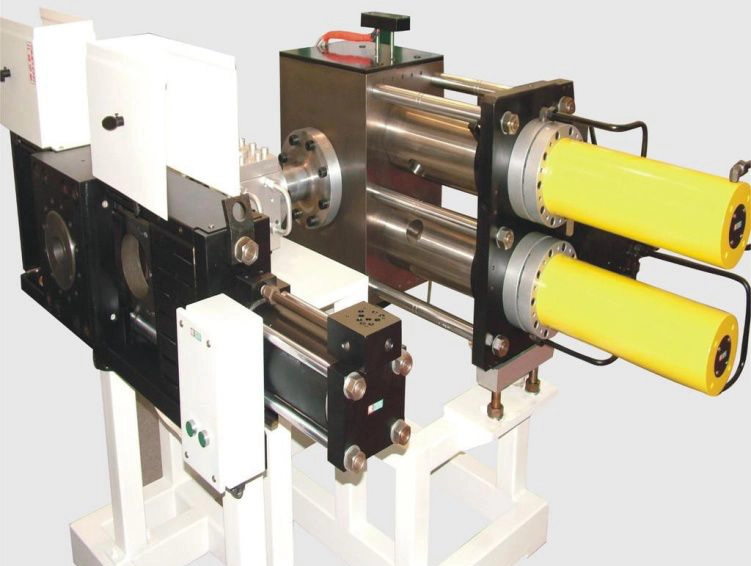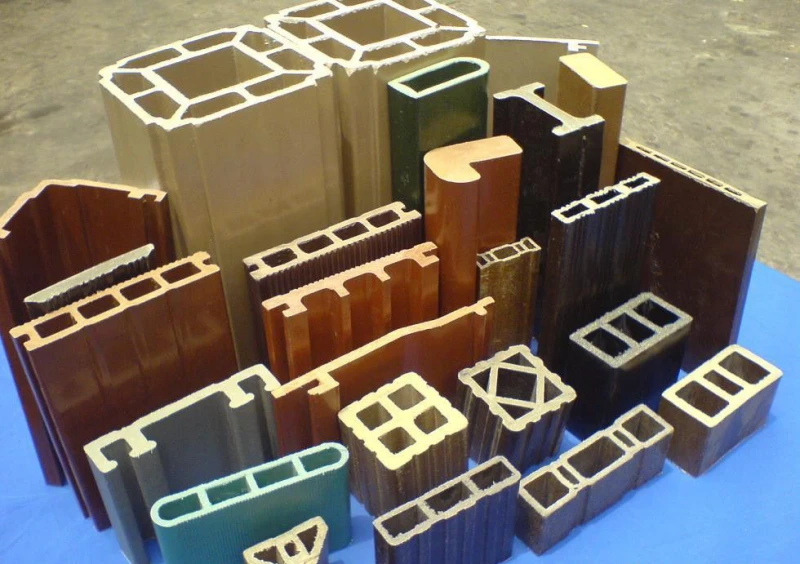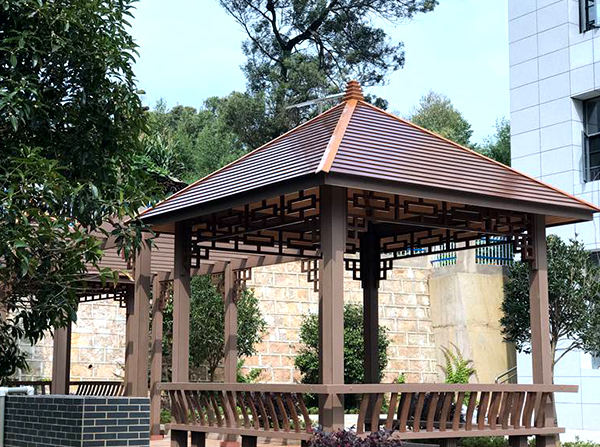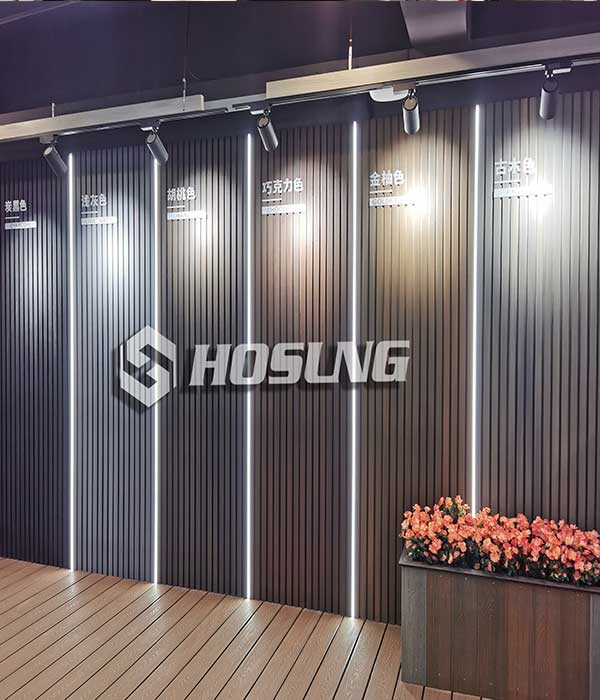In the realm of modern industrial production, molding with molds stands out as a prevalent method, and the manufacturing of wood-plastic composite products is no exception. This article explores the current status of WPC molding development in China, shedding light on its significance and the strides made in the industry.
Meeting Comprehensive Requirements
Wood plastic composite products demand molds that can excel in appearance, dimensional accuracy, and physical properties. These molds must efficiently produce high-quality products while ensuring ease of use, maintenance, and automation. Moreover, the molds should be designed with a reasonable structure, easy production, and cost-effectiveness, meeting the acceptance criteria of the majority of users.
Categories of WPC Moldings
In daily applications, plastic wood molds fall into several categories, including compression molding molds for items like car interior panels, injection molding molds for public venue seats and home appliances, hollow blowing molds for trays and boxes, and extrusion molds for flooring, profiles, doors, windows, and sheets. Notably, extrusion molds contribute to over 60% of the current domestic plastic wood products.
Extrusion Mold Design
The design of extrusion plastic wood molds has evolved significantly, thanks to modern CAE/CAD design software. This technology allows for the simulation of molding conditions, considering different natural fiber materials and polymer base material ratios. This shift from empirical to theoretical calculation design has improved product yield and quality, though the diversity in polymer substrates and natural materials has increased the design complexity.
Structural Components of Extrusion Molds
Extrusion plastic wood molds consist primarily of the extrusion die head and shaping die. The extrusion die head’s design plays a pivotal role in ensuring proper molding, influencing the product’s physical properties. On the other hand, the shaping die, responsible for cooling and shaping the extruded material, must meet specific requirements, such as precise dimensions and uniform thermal conductivity.
Manufacturing Process of Extrusion Molds
The manufacturing of extrusion plastic wood molds involves selecting high-quality stainless steel materials, undergoing calcining, heat treatment, and electrical processing. The choice of materials, such as 2Cr13, 3Cr17, 38CrMoAl, or H13, is crucial. Due to the abrasive nature of plastic wood processing, special attention is given to increasing die surface hardness and reducing friction coefficients. The hollow shape of the mold poses challenges related to cooling uniformity, influencing the overall mold manufacturing process.
Prospects for the Future
Over the past two decades, China’s plastic wood composite material industry has seen ups and downs. However, recent years have witnessed a resurgence in plastic wood composite material extrusion mold development. Guided by domestic market demand and national policies, China’s plastic wood industry is progressing, with emerging enterprises dedicated to specialized plastic wood mold production. The continuous development of China’s construction and building materials industry is expected to propel the wider usage of plastic wood composite materials. Plastic wood molds, seizing this opportunity, aim to contribute to the creation of newer, more aesthetically pleasing products, facilitating the construction of a resource-saving and environmentally friendly society.
The plastic wood mold industry in China is poised for sustained growth, contributing to the broader adoption of eco-friendly plastic wood composite materials.
Hosung Customized Molding Service
At Hosung, we understand the uniqueness of your ideas. That’s why we provide tailored WPC molding services. Whether you have concepts for WPC decking, cladding, fencing, or other products, we are eager to assist you in bringing them to fruition.







